Home>Articles>Why Is My Frigidaire Countertop Ice Maker Not Making Ice
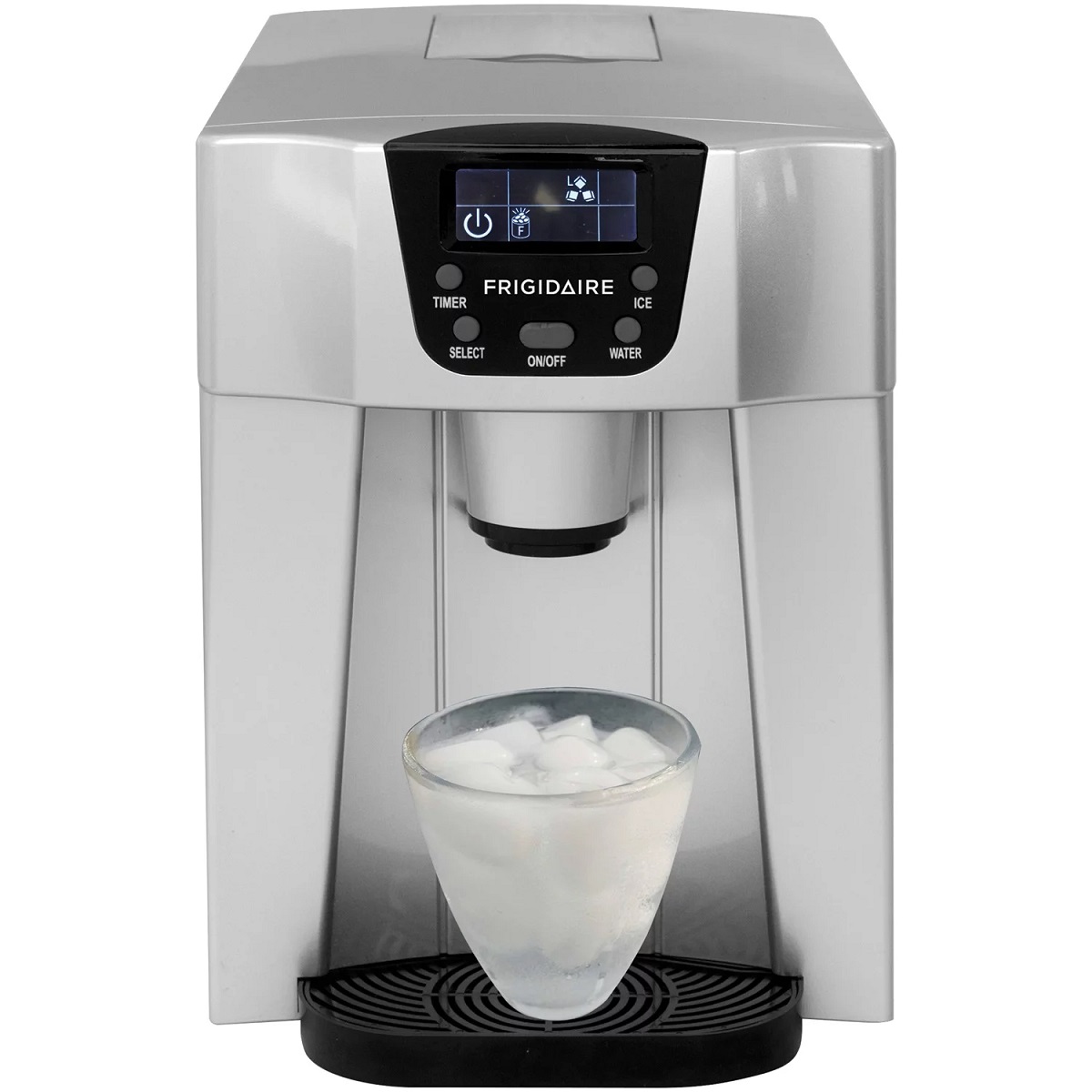

Articles
Why Is My Frigidaire Countertop Ice Maker Not Making Ice
Modified: February 29, 2024
Discover articles on why your Frigidaire countertop ice maker is not making ice. Find solutions and troubleshooting tips to fix the issue.
(Many of the links in this article redirect to a specific reviewed product. Your purchase of these products through affiliate links helps to generate commission for Storables.com, at no extra cost. Learn more)
Introduction
Having a Frigidaire countertop ice maker can be convenient, especially during the hot summer months or when entertaining guests. However, it can be frustrating when the ice maker stops producing ice. There are several factors that can contribute to this issue, ranging from power and water supply problems to a malfunctioning component within the ice maker itself. In this article, we will explore the possible causes of a Frigidaire countertop ice maker not making ice and provide troubleshooting steps to help you fix the issue.
Key Takeaways:
- Troubleshooting steps such as checking power and water supply, examining components, and cleaning can help resolve Frigidaire countertop ice maker issues, ensuring a constant supply of ice for your needs.
- Seeking professional assistance is advisable if troubleshooting efforts do not resolve the problem, as certified technicians have the expertise to handle advanced diagnostics and repairs, ensuring the proper functioning of your ice maker.
Read more: Why Does My Frigidaire Ice Maker Not Work
Possible Causes of Frigidaire Countertop Ice Maker Not Making Ice
There can be several reasons why your Frigidaire countertop ice maker is not making ice. Here are some possible causes:
- Power supply issues: One common reason for an ice maker to stop making ice is a power supply problem. Check if the ice maker is properly plugged into a functioning power outlet. Also, ensure that there is no tripped circuit breaker or blown fuse that is affecting the power supply to the ice maker.
- Water supply problems: Another factor to consider is the water supply to the ice maker. Make sure that the water supply valve for the ice maker is fully open. Additionally, check for any kinks, leaks, or blockages in the water supply line that may be preventing the ice maker from receiving water.
- Malfunctioning components: Your Frigidaire countertop ice maker contains various components that work together to produce ice. If any of these components are malfunctioning or damaged, it can affect the ice-making process. This can include issues with the compressor, condenser, thermostat, or motor. A physical inspection of these components may be necessary to identify the problem.
- Ice cube size settings: Sometimes, the ice maker may not be producing ice because the cube size settings are not correctly configured. Check the control panel of your ice maker and ensure that the desired ice cube size is selected. If the setting is too small or too large, it can affect the ice-making process.
- Environmental factors: Certain environmental factors, such as high room temperature or poor ventilation around the ice maker, can impact its performance. Make sure that the ice maker is placed in a cool and well-ventilated area to maximize its efficiency.
These are some possible causes of a Frigidaire countertop ice maker not making ice. By identifying the reason behind the issue, you can proceed with the appropriate troubleshooting steps to fix it. In the next section, we will explore some troubleshooting steps that you can take to resolve the problem.
Troubleshooting Steps to Fix Frigidaire Countertop Ice Maker Issues
If your Frigidaire countertop ice maker is not making ice, there are several troubleshooting steps you can take to resolve the issue before calling for professional assistance. Here are some steps to follow:
- Check Power and Water Supply: Ensure that the ice maker is properly plugged into a functioning power outlet. Check for any tripped circuit breakers or blown fuses that may be affecting the power supply. Additionally, make sure that the water supply valve for the ice maker is fully open and that there are no kinks or blockages in the water supply line.
- Examine Ice Maker Components: Take a closer look at the different components of the ice maker, such as the compressor, condenser, thermostat, and motor. Look for any signs of damage or malfunction. If you notice any issues, you may need to replace the faulty component. Refer to the user manual or contact Frigidaire customer support for guidance on component replacement.
- Reset the Ice Maker: Sometimes, a simple reset can fix any minor glitches in the ice maker system. Locate the reset button on your Frigidaire ice maker and hold it down for a few seconds. This will reset the ice maker and may help resolve the problem.
- Clean the Ice Maker: Over time, mineral deposits and debris can accumulate inside the ice maker, affecting its performance. It is recommended to clean the ice maker regularly. Follow the instructions provided in the user manual to safely clean the ice maker. Pay special attention to cleaning the ice mold and the water reservoir.
- Check for Frozen Water Supply Line: If the water supply line is frozen, it can prevent water from reaching the ice maker. Inspect the water supply line for any ice buildup. If you find any ice, carefully thaw it using a hairdryer or by placing warm towels around the line. Once the line is clear, check if the ice maker begins making ice.
By following these troubleshooting steps, you can potentially fix the issues with your Frigidaire countertop ice maker and get it back to producing ice. However, if the problem persists or if you are unsure about performing these steps on your own, it is recommended to seek professional assistance. In the next sections, we will delve deeper into some of these troubleshooting steps to provide more detailed instructions.
Checking Power and Water Supply
One of the first troubleshooting steps to undertake when your Frigidaire countertop ice maker is not making ice is to check the power and water supply. Here’s how you can do it:
- Power Supply: Ensure that the ice maker is securely plugged into a functioning power outlet. Check if the power cord is damaged or frayed. If you notice any issues with the power cord, it is recommended to replace it. Additionally, check the circuit breaker or fuse box to ensure that there are no tripped breakers or blown fuses affecting the power supply to the ice maker. Reset any tripped breakers or replace any blown fuses as necessary.
- Water Supply: Verify that the water supply valve for the ice maker is fully open. This valve is typically located on the wall behind the ice maker or under the sink. Make sure that it is not turned off or partially closed. If the valve is closed, open it fully to allow water to flow into the ice maker.
- Inspect the Water Supply Line: Check the water supply line for any kinks, leaks, or blockages that may be impeding the water flow to the ice maker. Ensure that the line is properly connected and not crushed or pinched. If you notice any issues with the water supply line, such as leaks or blockages, it may need to be repaired or replaced.
By carefully inspecting the power and water supply to your Frigidaire countertop ice maker, you can identify any issues that may be causing it to stop making ice. It is important to ensure that there is a proper power connection and an uninterrupted water supply to allow the ice maker to operate efficiently. If you have addressed any power or water supply issues and the ice maker still does not produce ice, you may need to proceed to the next troubleshooting step.
Examining the Ice Maker Components
If your Frigidaire countertop ice maker is not making ice despite having a proper power and water supply, it’s essential to examine the various components of the ice maker itself. Here are the steps to follow:
- Compressor: Locate the compressor, which is responsible for compressing the refrigerant in the ice maker. Check if the compressor is running smoothly and not making any unusual noises. If you notice any issues with the compressor, such as a loud buzzing sound or no operation at all, it may be a sign of a malfunction. In such cases, it is recommended to contact a professional technician for further inspection and repair.
- Condenser: The condenser is responsible for removing heat from the refrigerant. Ensure that the condenser coils are clean and free from dust or debris buildup. Dirty condenser coils can hinder the ice maker’s performance. If you notice significant dirt or dust on the coils, gently clean them using a soft brush or vacuum cleaner. Be cautious not to damage the coils in the process.
- Thermostat: The thermostat controls the temperature inside the ice maker. If the thermostat is not working properly, it can impact the ice-making process. Use a multimeter to test the thermostat for continuity. If it does not show continuity when the temperature is low, it may need to be replaced.
- Motor: Check if the motor that drives the ice maker’s functions is running smoothly. Listen for any unusual noises or vibrations. If the motor is malfunctioning, it may need replacing. Refer to the user manual or contact Frigidaire customer support for guidance on motor replacement.
By examining the different components of your Frigidaire countertop ice maker, you can identify any potential issues or malfunctions. If you notice any damage, unusual noises, or non-functioning components, it may be necessary to contact a professional technician for further inspection and repair. However, if the components appear to be in good working condition, you can proceed with the next troubleshooting steps to try resolving the ice maker issue.
Check if the water reservoir is filled and the water line is not clogged. Clean the condenser coils and ensure proper ventilation around the ice maker. If the problem persists, consider contacting Frigidaire customer support for assistance.
Read more: How To Clean Frigidaire Countertop Ice Maker
Resetting the Ice Maker
If your Frigidaire countertop ice maker is not making ice, one simple troubleshooting step you can try is to reset the ice maker. Resetting the ice maker can help resolve any minor glitches or issues that may be causing it to malfunction. Here is how you can reset the ice maker:
- Locate the Reset Button: Look for the reset button on your ice maker. The location of the reset button may vary depending on the model of your Frigidaire ice maker. Consult the user manual if you are unsure where to find it.
- Press and Hold the Reset Button: Once you have located the reset button, press and hold it down for approximately 10-15 seconds. You may need to use a pen or a small tool to access and press the button.
- Release the Reset Button: After holding down the reset button for the specified time, release it.
By resetting the ice maker, you are essentially restarting its operation. This can help clear any temporary malfunctions or errors that may have occurred. Allow the ice maker a few minutes to reset and resume its normal functioning.
Note that resetting the ice maker will not affect any stored settings, such as cube size or ice production setting. It simply restarts the ice maker system to troubleshoot any minor issues. If the ice maker does not start making ice after the reset, you may need to move on to other troubleshooting steps or seek professional assistance.
Resetting the ice maker is a quick and easy troubleshooting step that you can try before resorting to more complex solutions. It is worth a shot if you are experiencing issues with your Frigidaire countertop ice maker not making ice.
Cleaning the Ice MakerRegular cleaning is essential to maintain the performance and efficiency of your Frigidaire countertop ice maker. Over time, mineral deposits, mold, and other debris can accumulate inside the ice maker, affecting its function and the quality of the ice produced. Cleaning the ice maker can help resolve issues with ice production. Here are the steps to clean your ice maker:
- Unplug the Ice Maker: Before starting the cleaning process, ensure that the ice maker is unplugged from the power source. This is important for your safety and to prevent any damage to the ice maker.
- Empty the Ice Basket: Remove any ice cubes that may be present in the ice basket. Discard them or transfer them to another container to keep them frozen while you clean the ice maker.
- Mix the Cleaning Solution: Prepare a cleaning solution by mixing equal parts of water and vinegar, or follow the instructions specified by the ice maker manufacturer. Vinegar helps to dissolve mineral deposits and disinfect the ice maker.
- Clean the Ice Mold and Components: Dip a cloth or sponge into the cleaning solution and gently wipe down the interior of the ice maker, including the ice mold and components such as the water reservoir, water lines, and ice scoop. Pay special attention to areas with visible buildup or residue.
- Rinse with Clean Water: After cleaning, use a clean, damp cloth or sponge to rinse off any remaining cleaning solution from the ice maker. Make sure to remove all traces of vinegar or cleaning agents.
- Dry the Ice Maker: Once the cleaning and rinsing process is complete, allow the ice maker to air dry completely. Make sure that all parts are dry before plugging the ice maker back into the power source.
- Restart the Ice Maker: After the ice maker is thoroughly dry, plug it back in and allow it to reset. You can then resume normal use of the ice maker.
Regularly cleaning your Frigidaire countertop ice maker will help maintain its performance and prevent any blockages or issues that may hinder ice production. It is recommended to clean the ice maker every few months or as needed, depending on the frequency of use. By following these cleaning steps, you can ensure a clean and efficient ice maker that produces high-quality ice for your needs.
Checking for Frozen Water Supply Line
If your Frigidaire countertop ice maker is not making ice, one possible cause could be a frozen water supply line. A frozen water supply line can block the flow of water to the ice maker, preventing it from producing ice. Here are the steps to check for a frozen water supply line:
- Turn Off the Ice Maker: Before inspecting the water supply line, turn off the ice maker and unplug it from the power source. This ensures your safety and prevents any damage to the ice maker.
- Locate the Water Supply Line: Locate the water supply line that connects the ice maker to the water source. It is usually located at the back of the ice maker or inside the freezer compartment.
- Inspect the Water Supply Line: Carefully examine the water supply line for any signs of ice buildup or blockage. If you notice any ice, it indicates that the water supply line is frozen.
- Thaw the Frozen Water Supply Line: To thaw the frozen water supply line, there are a few methods you can try:
- Hairdryer Method: Gently use a hairdryer on a low heat setting to thaw the ice inside the supply line. Move the hairdryer back and forth along the length of the line until the ice melts. Be cautious not to expose the plastic or rubber parts of the ice maker to excessive heat.
- Warm Towel Method: Wrap a warm towel around the water supply line, focusing on the area with ice buildup. Leave the towel in place until the ice melts. Replace the warm towel as needed to continue thawing the line.
- Wait Method: In some cases, simply turning off the ice maker and waiting for the frozen supply line to thaw on its own may be sufficient. This method may take longer but can be effective if you have the time to spare.
- Check for Water Flow: After thawing the water supply line, turn on the ice maker and observe if water flows into the ice maker. You should hear the sound of water filling the ice mold. If water successfully enters the ice maker, it indicates that the frozen water supply line was the issue.
By checking for a frozen water supply line and thawing it, you can restore the flow of water to your Frigidaire countertop ice maker. If the ice maker starts making ice again, it shows that the issue has been resolved. However, if the ice maker still does not produce ice, it may be necessary to further diagnose the problem or seek professional assistance.
Seeking Professional Assistance
If you have followed the troubleshooting steps mentioned earlier and your Frigidaire countertop ice maker is still not making ice, it may be time to seek professional assistance. Professional technicians have the knowledge and expertise to diagnose and repair complex issues with your ice maker. Here are a few reasons why you might consider seeking professional help:
- Advanced Diagnosis: A professional technician can perform an in-depth diagnosis of your ice maker to identify any underlying issues that may not be easily detectable. They have specialized tools and equipment to accurately diagnose the problem.
- Expert Repairs: If a component of the ice maker needs to be replaced or repaired, a professional technician can handle the task efficiently and safely. They have the necessary experience to work with the intricate components of the ice maker.
- Warranty Considerations: If your Frigidaire countertop ice maker is still under warranty, attempting to repair it yourself may void the warranty. Professional technicians are trained to work with specific brands and models and can perform repairs without violating the warranty terms.
- Prevent Further Damage: Ice makers can be complex appliances, and attempting to repair them without proper knowledge and skill can lead to further damage. By seeking professional assistance, you can prevent accidental damage to your ice maker.
- Time and Convenience: Professional technicians can save you time and effort by quickly resolving the issue with your ice maker. They have the necessary expertise to troubleshoot and repair the problem efficiently, allowing you to get back to enjoying fresh ice in no time.
When seeking professional assistance, contact Frigidaire customer support or a licensed appliance repair service. They will be able to guide you further on the next steps to take and may schedule a service appointment to diagnose and repair your ice maker.
Remember to provide the technician with detailed information about the issue and any steps you have already taken to troubleshoot. This will help them in their diagnosis and ensure a more swift resolution.
Overall, professional assistance is recommended when you have exhausted all troubleshooting options and are unable to resolve the issue with your Frigidaire countertop ice maker. Their expertise and technical knowledge will help ensure the proper functioning of your ice maker.
Read more: Why Is My Ice Maker Not Making
Conclusion
A Frigidaire countertop ice maker that is not making ice can be frustrating, but with the right troubleshooting steps, you can often resolve the issue on your own. By checking the power and water supply, examining the ice maker components, resetting the ice maker, cleaning it regularly, and checking for frozen water supply lines, you can address common problems that may arise.
It is important to remember that understanding the specific model of your Frigidaire ice maker and following its user manual guidelines is crucial for effective troubleshooting. Additionally, always prioritize safety by disconnecting the ice maker from the power source before attempting any repairs, cleaning, or inspections.
If your troubleshooting efforts do not resolve the problem or if you are uncomfortable with performing the steps on your own, it is advisable to seek professional assistance. Certified technicians have the expertise and tools to handle more advanced diagnostics and repairs, if necessary.
Maintaining a clean and well-functioning ice maker ensures that you can enjoy a constant supply of ice whenever you need it. Regular cleaning, checking for proper power and water supply, and addressing any issues promptly can help extend the lifespan of your Frigidaire countertop ice maker.
Remember, troubleshooting an ice maker requires patience and attention to detail. By following the steps outlined in this article and seeking professional assistance when needed, you can resolve common issues and get your Frigidaire countertop ice maker back to making ice efficiently.
Now, armed with this knowledge, you can confidently tackle any ice maker problems that may arise and keep the cool refreshment of ice readily available.
Frequently Asked Questions about Why Is My Frigidaire Countertop Ice Maker Not Making Ice
Was this page helpful?
At Storables.com, we guarantee accurate and reliable information. Our content, validated by Expert Board Contributors, is crafted following stringent Editorial Policies. We're committed to providing you with well-researched, expert-backed insights for all your informational needs.
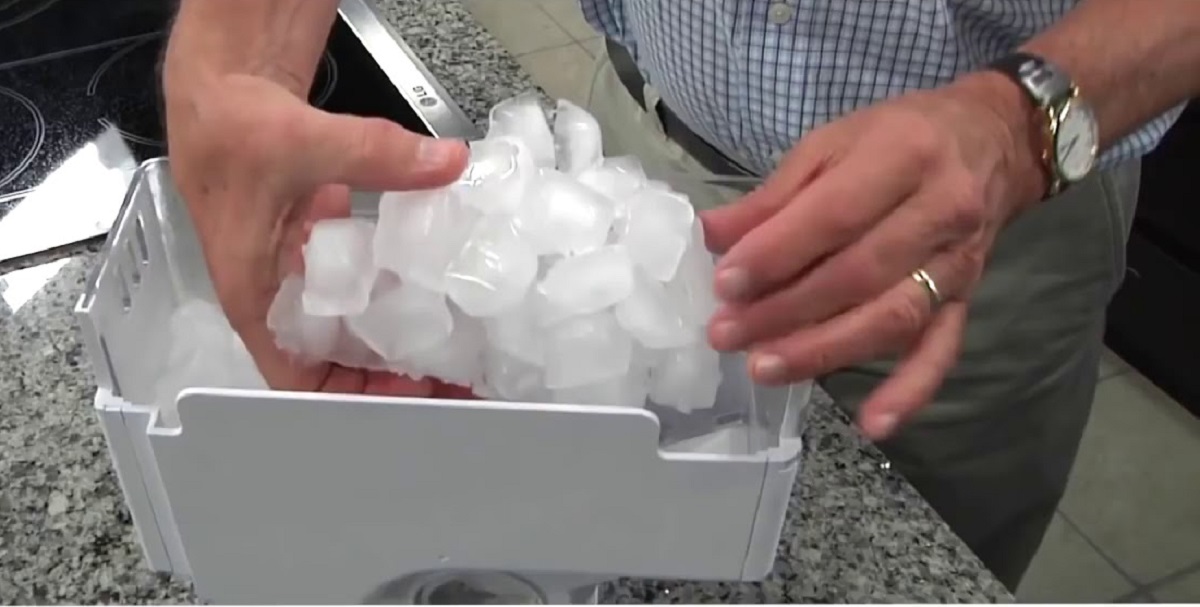
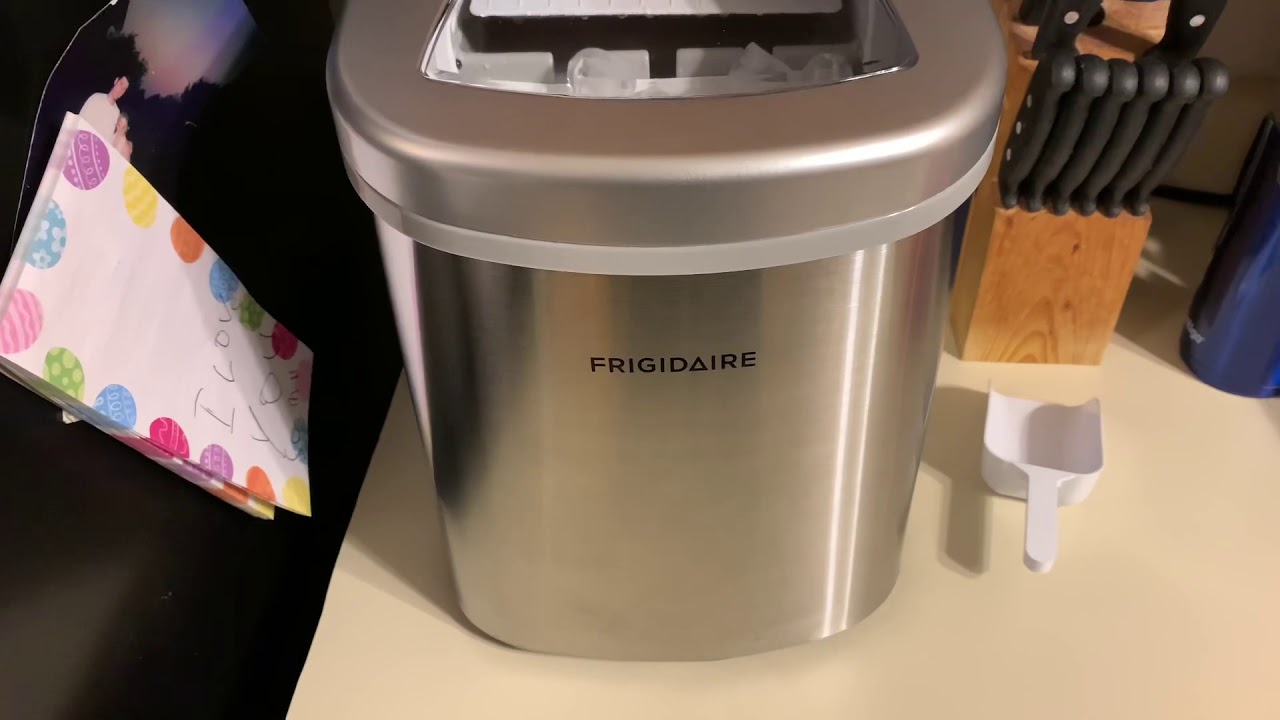
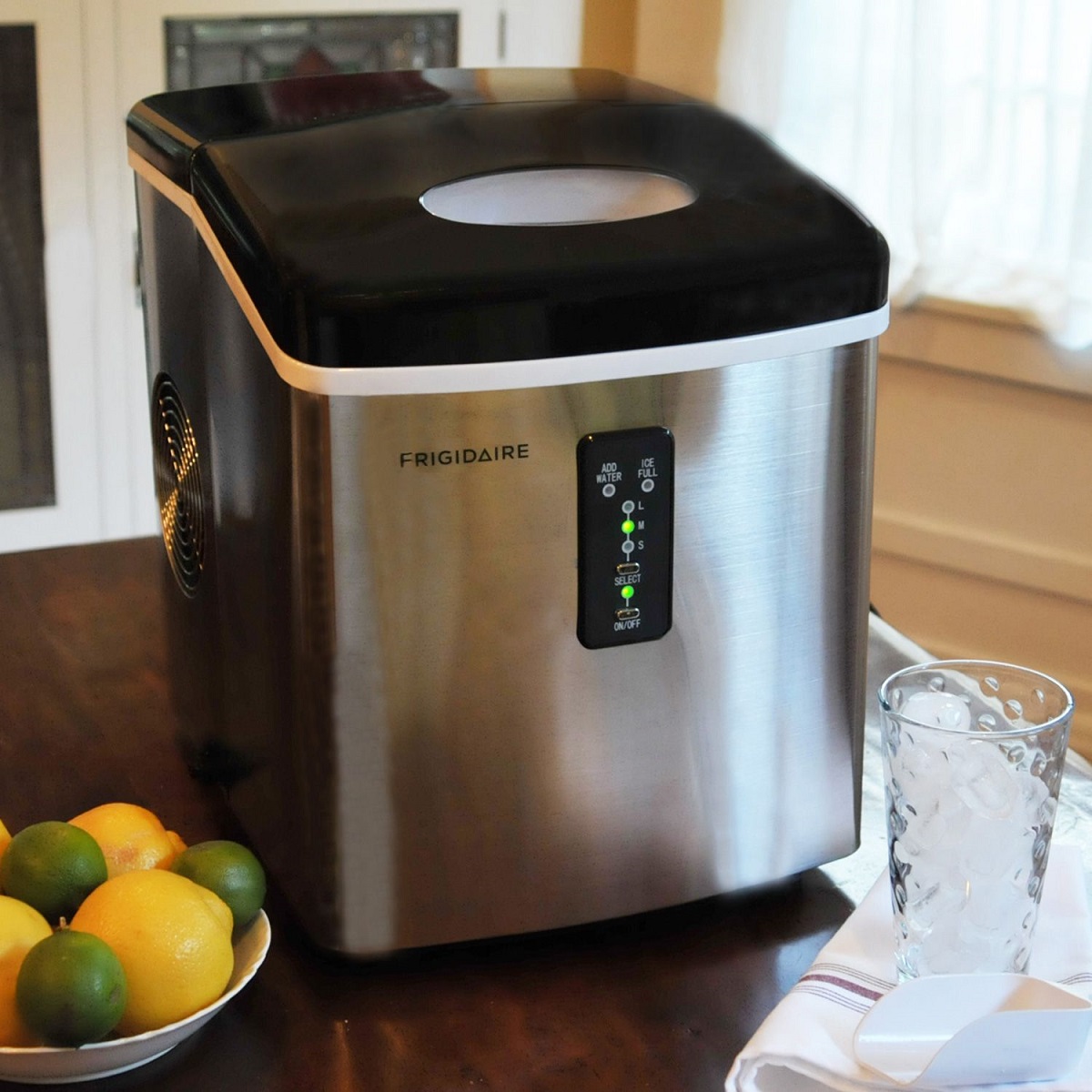
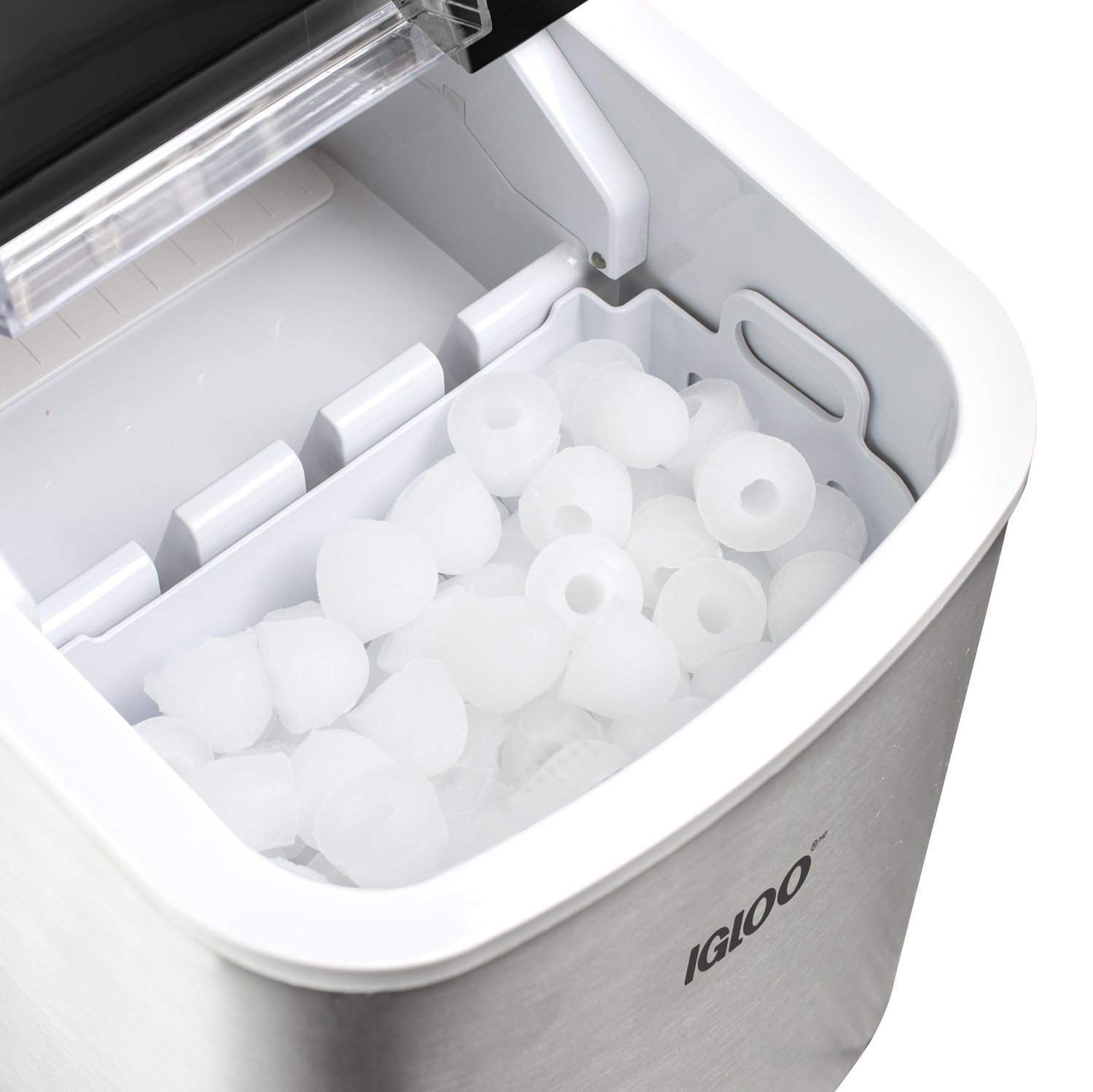
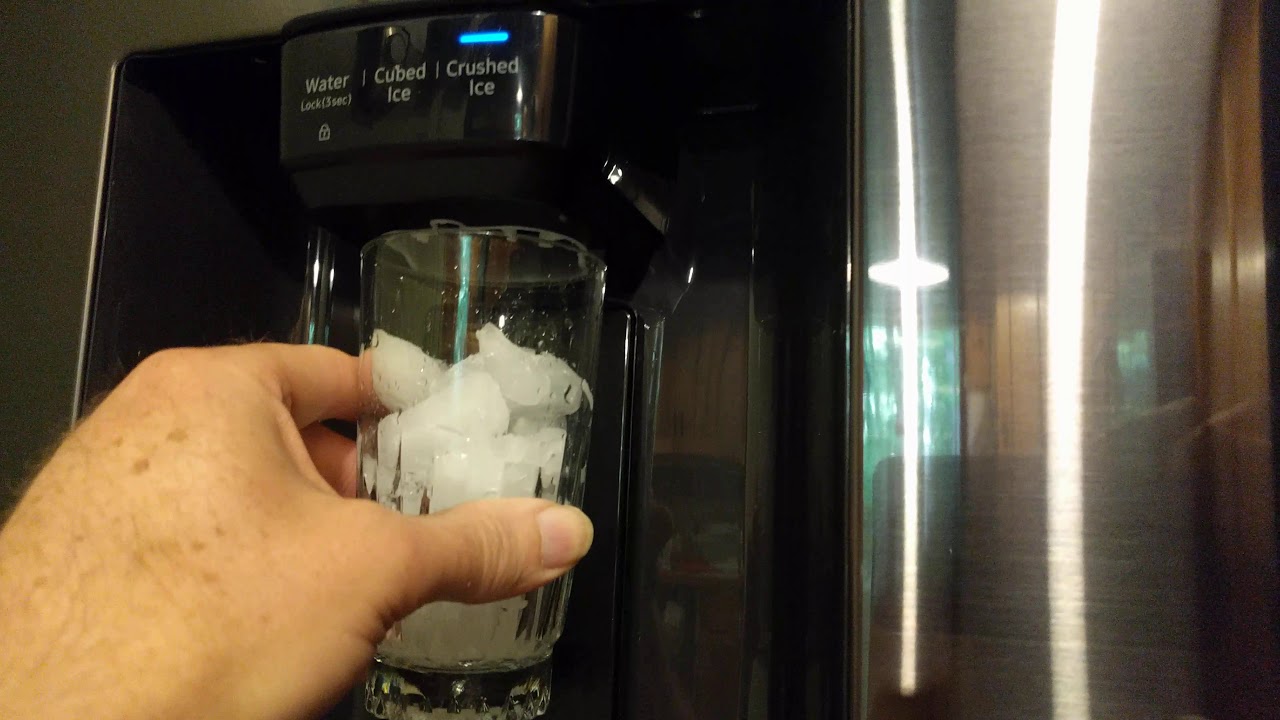
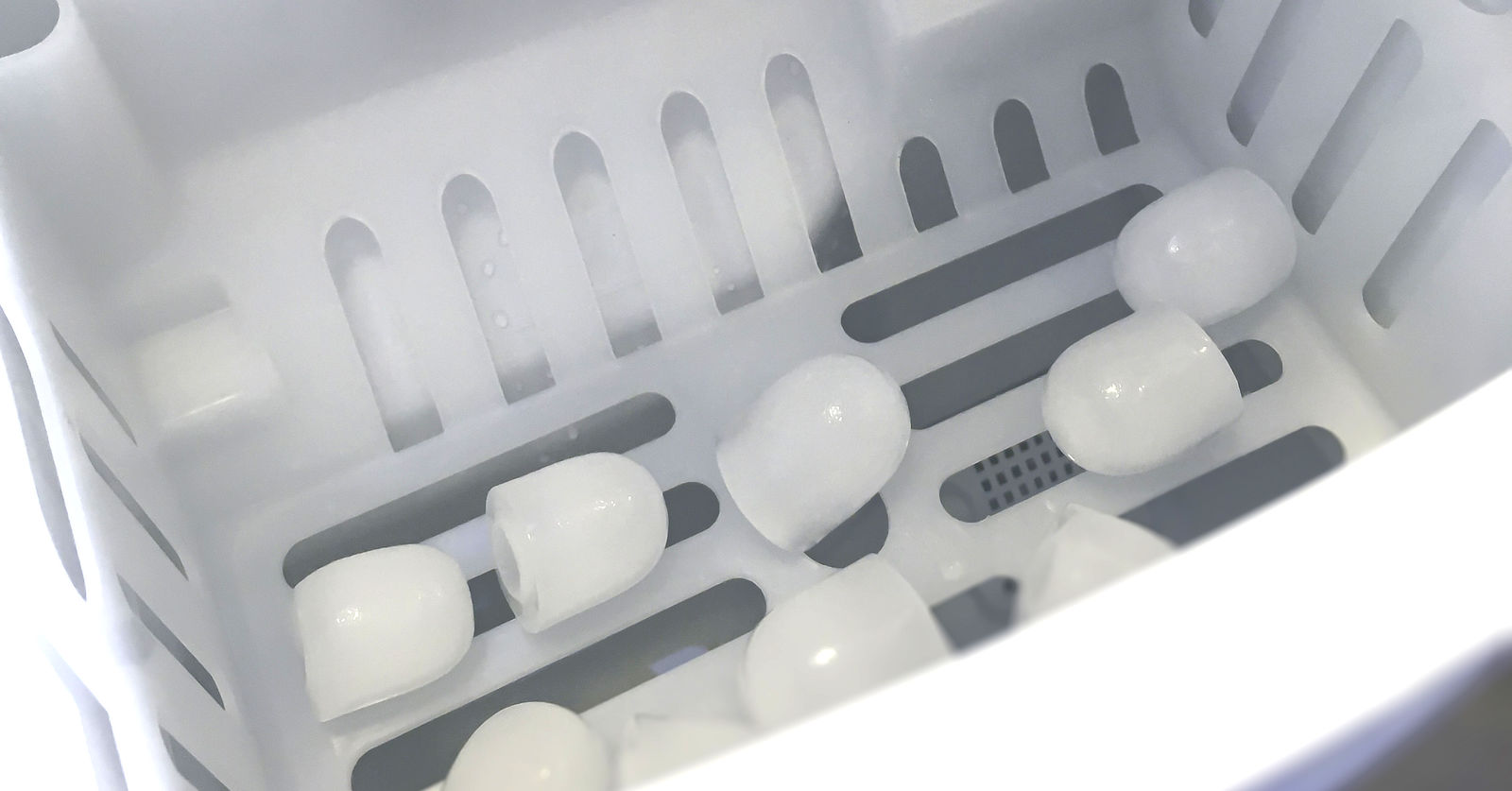
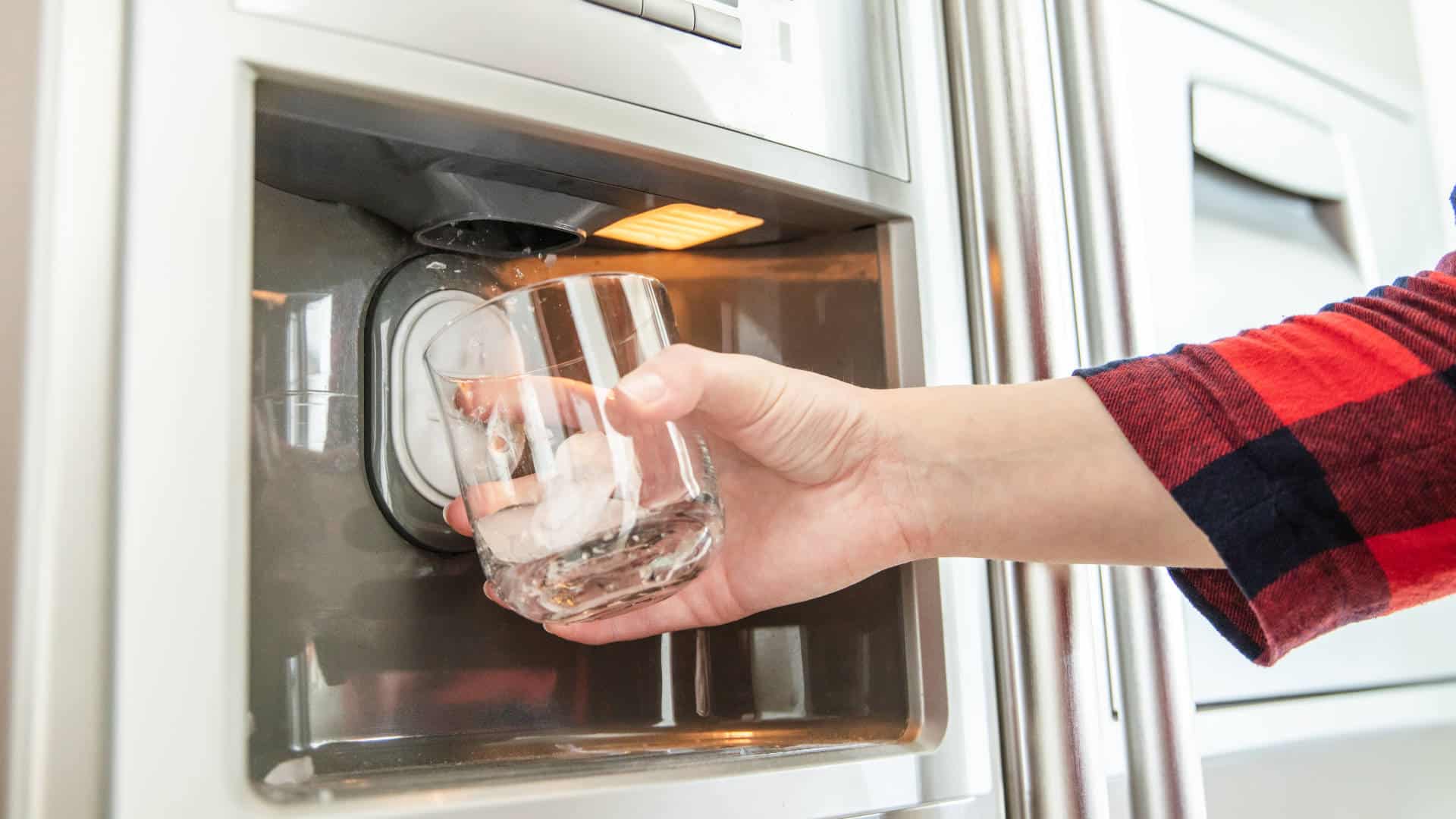
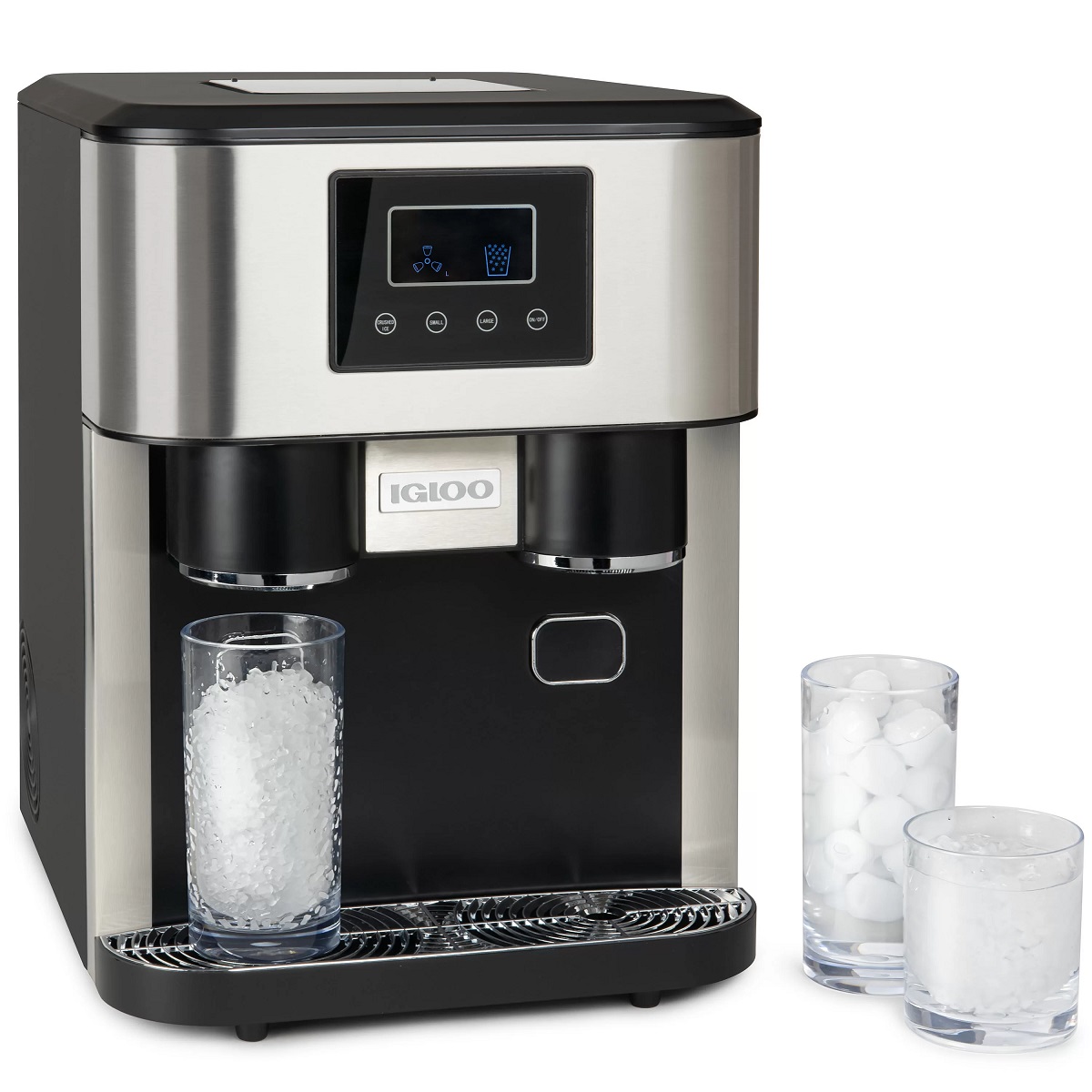
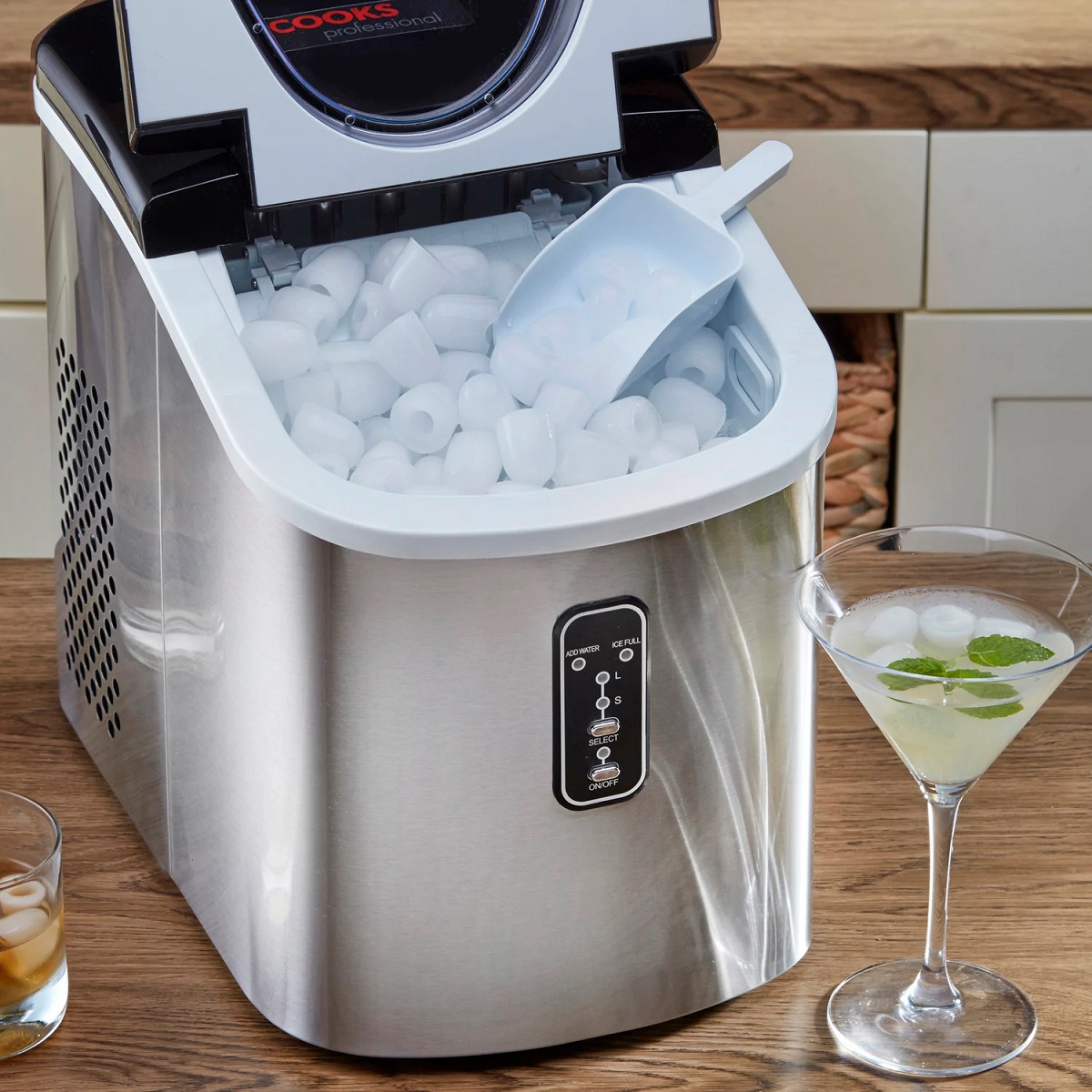
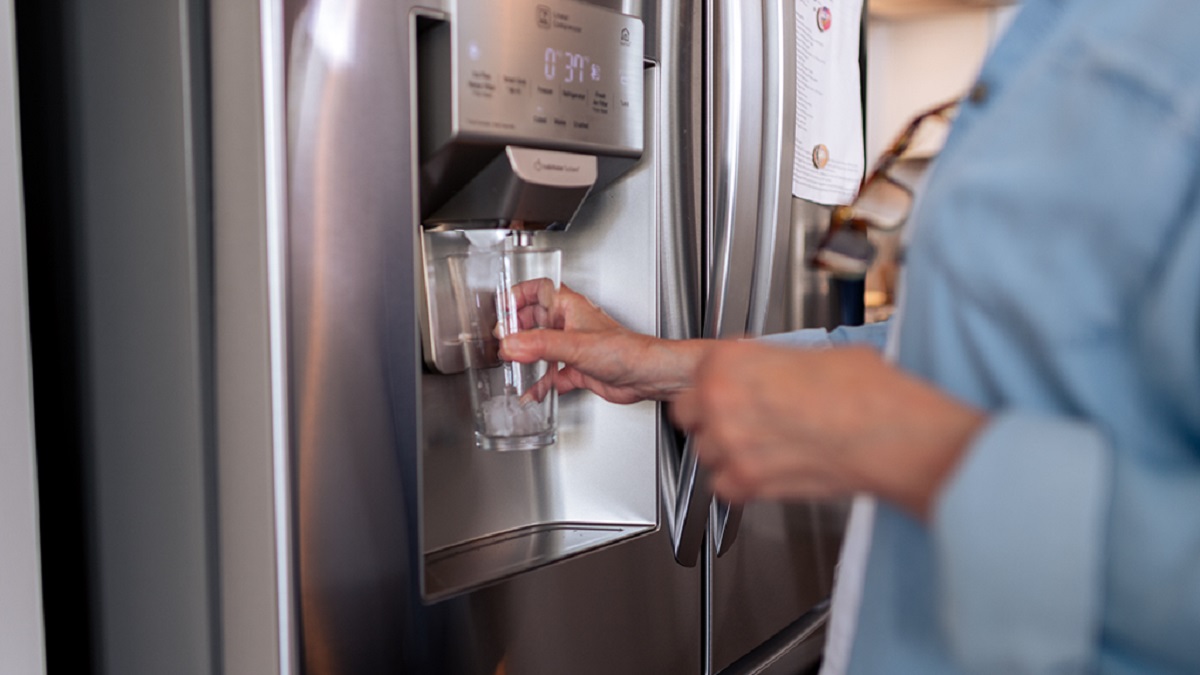
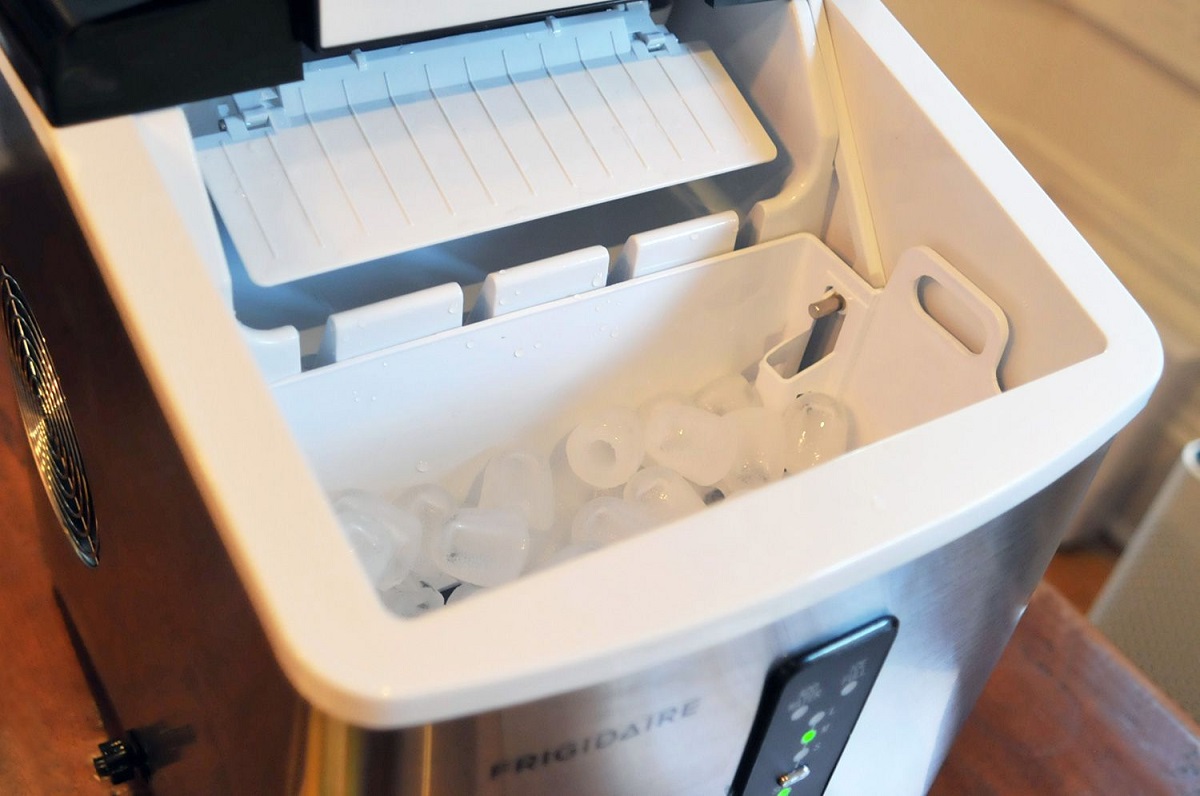
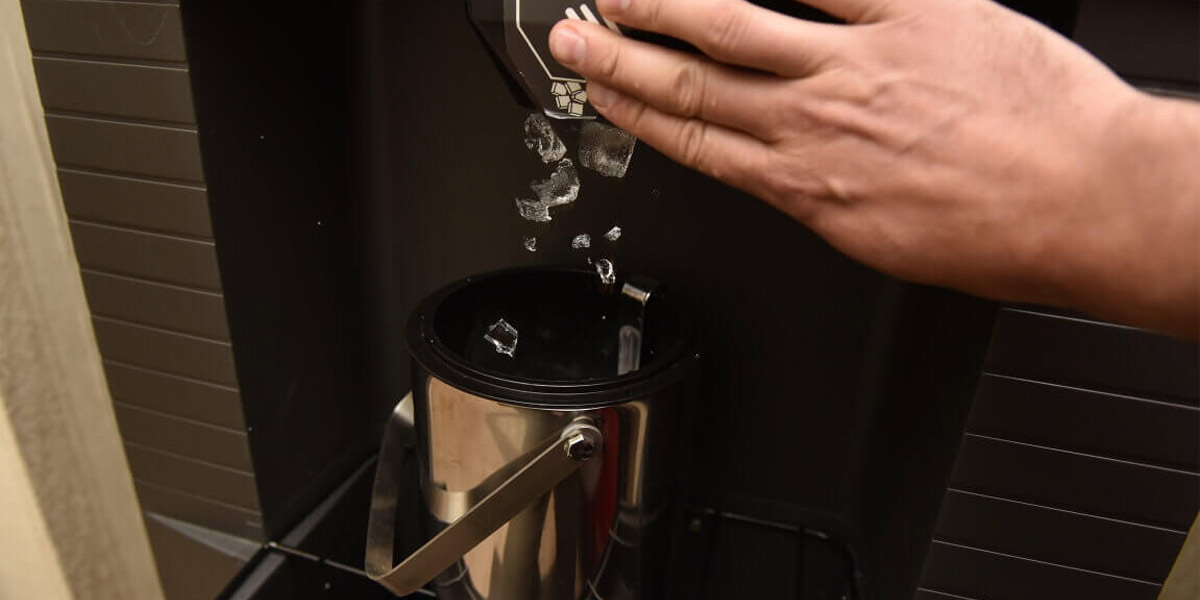
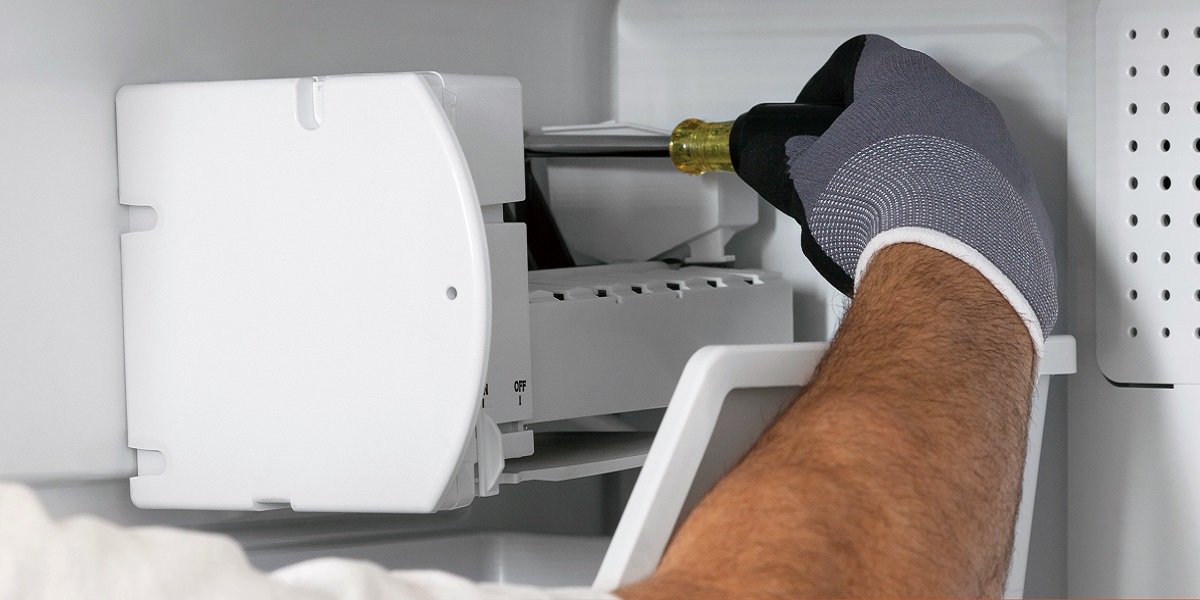

0 thoughts on “Why Is My Frigidaire Countertop Ice Maker Not Making Ice”